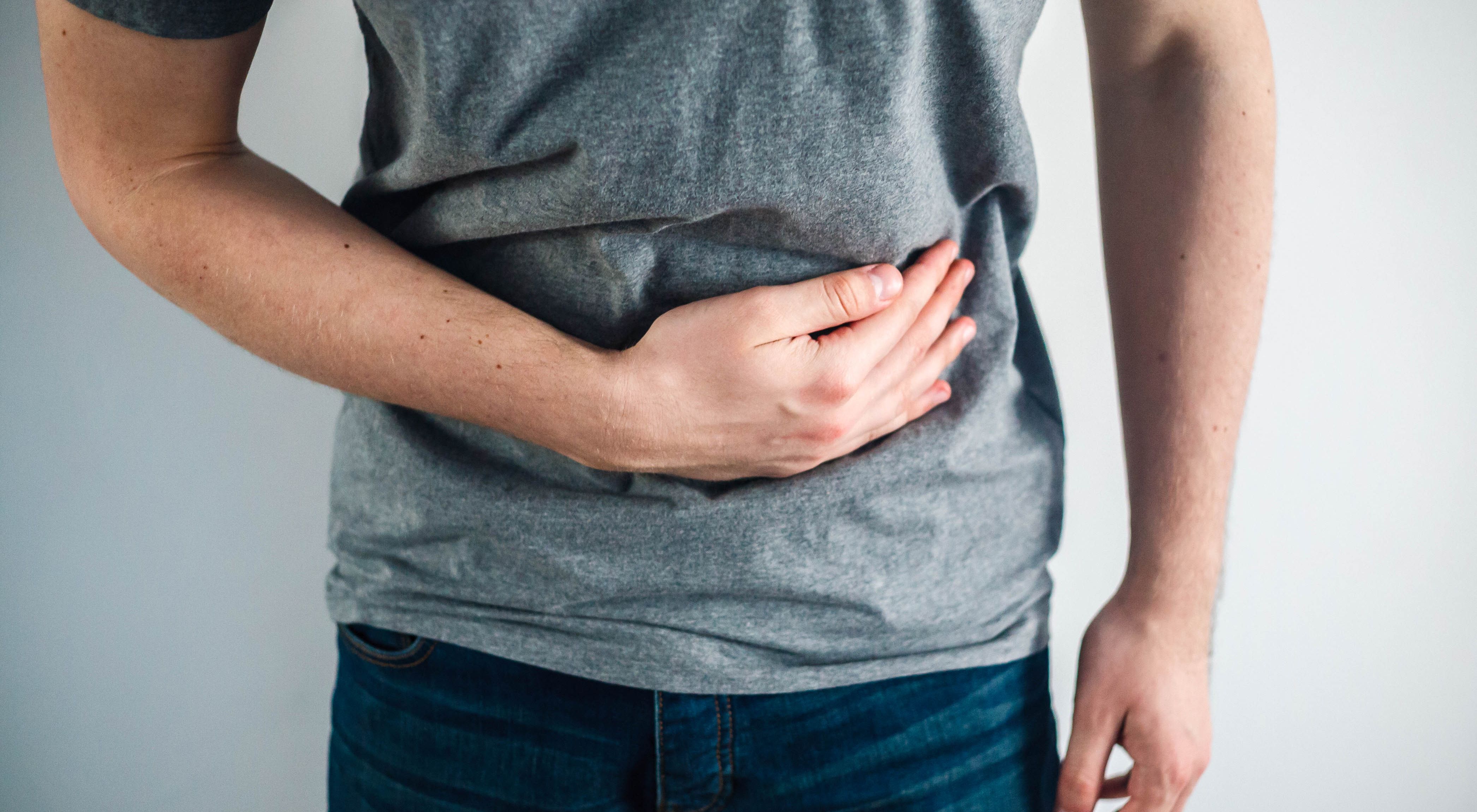Article
Part II: How Gastrointestinal Stromal Tumor (GIST) and I Became Acquainted
This is how I became hospital property.
This is the second part of my story. Read the first part here.
From the time the ambulance pulled into the hospital's semi-circular drive, to the moment when my sister picked me up to transport me home about a month later, I was hospital property. Ordinary decisions that are normally wrangled over at home were no longer mine to make, which wasn't a big deal in the beginning. After all, I'd had plenty of strokes by that time and was taking all kinds of medication that I had never been given before, which essentially rendered me among the missing. It was only later on that I regained enough self-awareness to recognize that I had no control over anything whatsoever. I found this to be the most challenging part of the entire experience.
My first of many rooms at the hospital was surprisingly beautiful. It was very large and nicely-decorated, with a great view. I thought they must have made a mistake in putting me there, and crossed my fingers, hoping that no one would run in to announce that I had to immediately be moved to a lesser accommodation. I was, however, moved soon afterward, but not because of the room's lavishness. Around 3:00 a.m., I had another stroke in my series of about twenty, marked by a complete loss of sensation in my left foot and leg. Efforts to move were reduced to no more than mental exercises, without the expected physical response. It was as though someone had turned off the switch in my brain that controlled my lower left side. I summoned the nurse to let her know what was happening, and that resulted in a lot of activity and being moved to an area where I could be watched more closely. I had often heard that the best place to be in a hospital is in what they now call the critical care unit (what used to be the ICU). That may be true, but I wasn't there yet.
It turned out that I wasn't watched all that carefully in the new, smaller room that was part of a cluster. The nurses were so busy entering information into the computer to keep up with electronic medical records that they barely had time for an occasional, cursory glance. I became lonely, missed my family and my home, and began to feel the sense of isolation that goes with living in a strange place for days on end. George Carlin had a famous comedy bit that focused on how important it is to have your "stuff," noting that the main thing wrong with staying anywhere outside of your own home is not having any of your stuff. Well, I didn't have any of my stuff, and it was beginning to grate.
Since I had been admitted because of multiple strokes, which were ischemic, not TIAs, the main goal of my burgeoning medical team was to stabilize my brain so that their focus could progress to the abdominal mass that had been palpated in the emergency department at the beginning of the saga. The testing marathon officially took hold when one doctor after another ordered CT scans, MRIs, an ultrasound, an endoscopic biopsy, an angiogram, a spinal tap, an echocardiogram, a TEE, multiple daily blood draws and a bubble test. My head was spinning from constantly being wheeled (in my hospital bed) through the corridors to the elevator bank and into the labyrinth of the hospital's basement, where most of the procedures were conducted. Some of the tests restricted food intake for several hours prior, so I learned to check my breakfast sheet for the "no food" designation, which always made me sigh. You wouldn't imagine developing a longing for hospital food, but once it's taken away, that's exactly what happens.
The technicians who administered the diagnostics were, without exception, some of the most wonderful people that I met on my journey. They all had unflappable personalities, the patience of saints and excellent senses of humor. Just before one MRI, I realized that the medication to relax me had not been administered, so I alerted the technician, who immediately summoned a nurse. She wielded a hypodermic full of fentanyl, which made my reluctant emergence into the MRI tunnel easy-peasy. I was impressed by her swift, perfect remedy. My favorite MRI technician talked to me throughout the hour-plus long stint in “the magnet,” which is what they call the MRI tube. He knew I was claustrophobic, and after it was over, he presented me with some cookies that the hospital sold in the lobby daily, made by doctor's wives who knew their way around a gourmet kitchen. I long for those cookies now ... they were like gold to anyone lucky enough to get some from the limited supply.
Despite all of the surveillance, testing, and consultations with various specialists, no one could say with any certainty why I’d had so many strokes, along with a large, abdominal tumor. It was such a conundrum that I stopped expecting any of them to give me a definitive diagnosis. I just wanted to move through the process and get back to the business of living. The idea of being able to do my own laundry took on a rare fascination that I haven't been able to recapture, despite concerted effort.
In the next segment, the medical team comes in with some pronouncements ...
Please continue to follow my story here: http://www.curetoday.com/community/marcie-brown




